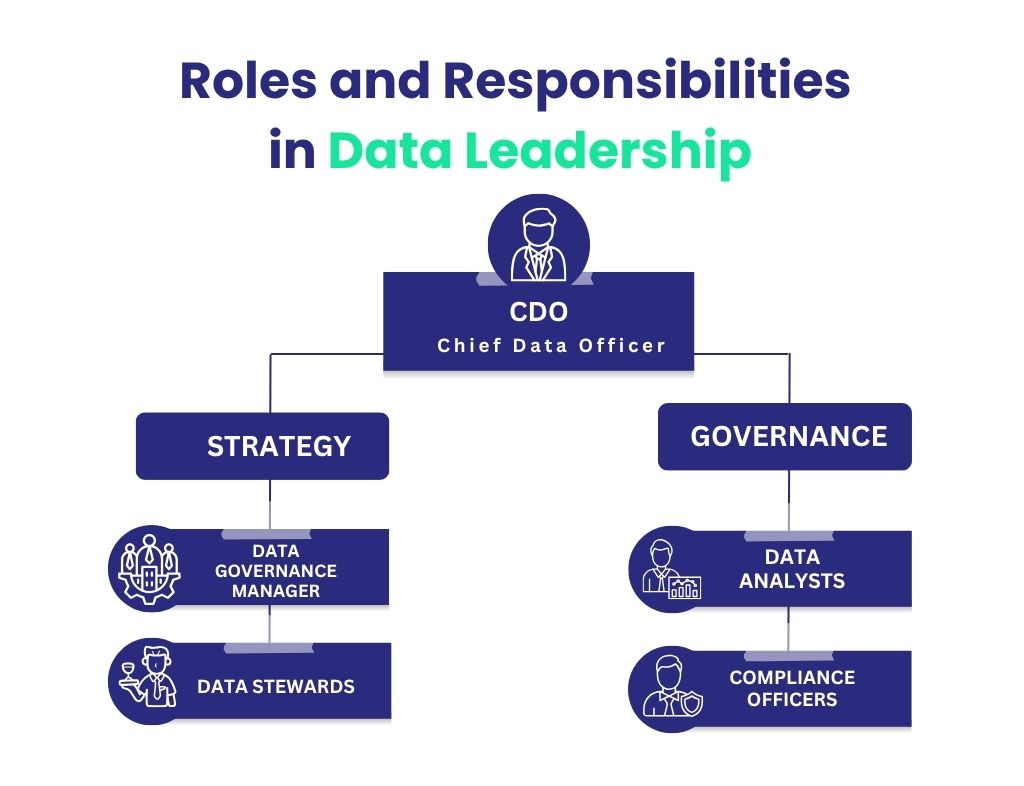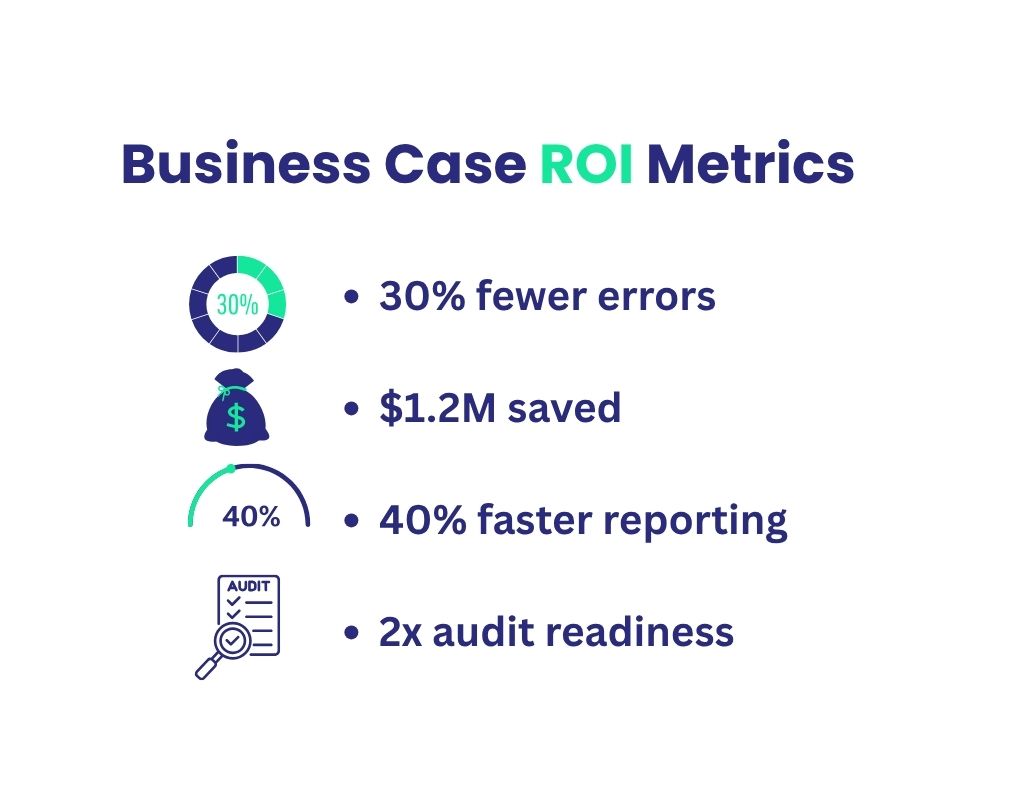In today’s digital economy, data is more than a byproduct of business—it’s the engine driving innovation, operational efficiency, and customer personalization. But harnessing the full potential of data requires more than collecting large volumes. It demands structure, purpose, and oversight. That’s where data strategy and data governance come in.
Often used interchangeably, these two concepts are in fact distinct but deeply interconnected. Understanding their differences and how they align is essential for any business aiming to turn raw data into reliable insights and tangible results.
What Is Data Strategy?
A data strategy is a long-term blueprint that defines how an organization uses data to achieve its goals. It connects business objectives with data capabilities, encompassing everything from infrastructure to analytics.
In simple terms, a data strategy answers:
- What data do we need?
- Where and how will we get it?
- How do we ensure it’s usable?
- How can we leverage it to drive value?
Core Components of a Data Strategy
- Data Architecture and Infrastructure
Defines where and how data is stored, processed, and accessed. This includes data lakes, warehouses, cloud platforms, and APIs. - Data Collection and Integration
Involves connecting disparate data sources (CRM, ERP, IoT, third-party data) and ensuring clean, consolidated, and real-time pipelines. - Analytics, AI, and Advanced Insights
Supports decision-making through BI tools, predictive analytics, and AI/ML models based on governed and well-structured data. - Data Culture and Literacy
Encourages organization-wide data fluency. Employees understand, trust, and use data effectively in their roles.
Example Use Case
A global e-commerce company may implement a data strategy to unify customer data from multiple platforms, enabling personalized marketing campaigns and dynamic pricing based on real-time inventory and demand.
What Is a Data Governance Strategy?
Where a data strategy defines the “why” and “how” of using data, a data governance strategy ensures that data is reliable, secure, and compliant at every stage of its lifecycle.
Data governance sets the rules of engagement: who can access what data, under what conditions, and how its quality is maintained.
Key Elements of Data Governance Strategies
- Data Quality Management
Standardizes data accuracy, completeness, consistency, and timeliness. - Metadata and Master Data Management
Maintains consistent definitions and context around key data entities. - Access Controls and Role-Based Permissions
Protects sensitive data while ensuring authorized users get the access they need. - Regulatory Compliance and Auditability
Ensures data handling meets industry-specific laws (e.g., GDPR, HIPAA, CCPA).
Example Use Case
A financial institution enforces data governance to comply with SEC regulations, limit data access by role, and maintain audit trails for every transaction processed in its platform.
Data Strategy vs Data Governance: Key Differences
Although closely linked, data strategy and governance serve different purposes:
| Aspect | Data Strategy | Data Governance |
| Purpose | Define and enable business use of data | Ensure data is accurate, secure, and compliant |
| Focus | Value generation, analytics, innovation | Policy enforcement, risk mitigation |
| Ownership | Business leaders, data strategists | Compliance teams, data stewards, IT security |
| Timeframe | Long-term strategic planning | Ongoing operational practice |
| Scope | Organization-wide data initiatives | Tactical management of specific data assets |
Think of it this way: if data strategy is the map, then data governance is the compass ensuring you don’t get lost or break the law on your journey.
The Role of Data Leadership
For data strategy and governance to function effectively, organizations need strong leadership. Roles such as Chief Data Officers (CDOs) and Data Governance Managers play a pivotal part in ensuring collaboration between strategic and operational data priorities.
Why Leadership Matters:
- Aligns goals across business units
- Breaks down organizational silos
- Establishes accountability
- Drives change through data education and training
Organizations that treat data as an enterprise asset often tie governance and strategy under a single, unified leadership structure.
How Data Strategy and Governance Work Together
A data strategy without governance is like a high-speed train without tracks. Governance ensures that the data used in your strategy is trustworthy, high-quality, and ethically handled.
Real-World Example
A telecom company rolls out a new AI-powered chatbot based on customer interaction data. The strategy drives innovation, but without governance, the data may include outdated or unverified customer information—resulting in poor user experiences and compliance violations. By embedding governance, the company ensures data accuracy and regulatory alignment, making the chatbot a success.
Data Governance vs Data Security
While these two disciplines often overlap, they are not the same.
- Data Governance defines who can access what data, how it is managed, and how it aligns with business goals.
- Data Security protects data from unauthorized access, cyber threats, or leaks.
Summary:
| Data Governance | Data Security |
| Establishes usage policies | Enforces technical protections |
| Focuses on compliance & roles | Focuses on protection & access |
| Driven by business and legal | Driven by IT and security teams |
Together, they ensure data is both well-managed and well-protected.
Enterprise Data Governance Strategy: What Works
Building a successful enterprise-wide governance strategy involves both cultural and technical shifts.
Best Practices:
- Assign Data Ownership
Identify data stewards for each domain—marketing, finance, HR—responsible for data quality and stewardship. - Implement Governance Tools
Use platforms like Collibra, Alation, or Informatica for data cataloging, lineage tracking, and policy automation. - Form a Governance Council
A cross-functional team that establishes and updates governance policies based on evolving business needs. - Automate Enforcement
Leverage AI and automation to flag anomalies, enforce retention policies, and audit access patterns.
Benefits of Enterprise Data Governance
- Streamlined compliance audits
- Faster and more accurate reporting
- Greater trust in business intelligence
- Improved cross-functional collaboration
IT Governance vs Data Governance
These terms often get conflated, but they focus on different parts of enterprise operations:
| IT Governance | Data Governance |
| Manages IT investments, architecture | Manages data policies, quality, and access |
| Focused on software, hardware, networks | Focused on data assets, lineage, and classification |
| Typically led by CIO and IT teams | Jointly led by data governance offices & stewards |
Integration Tip
When deploying a new system or platform, IT governance ensures technical success. But data governance ensures the data flowing through it is compliant, classified, and well-managed.
Building a Data Governance Business Case
Convincing leadership to invest in governance requires focusing on business value and risk mitigation.
Key Points to Include:
- Regulatory Risk Reduction: Avoid costly fines from GDPR, HIPAA, or local laws.
- Operational Efficiency: Save time through automation and standardized data flows.
- Improved Data Trust: Reliable data boosts confidence in decision-making.
- Cost Reduction: Fewer errors, rework, and storage costs.
Sample ROI Statement
“By enforcing governance across our CRM and financial systems, we reduced customer data errors by 30%, saving $1.2M in reprocessing and compliance fines.”
Use metrics and examples tied to real business impact to get stakeholder buy-in.
Why You Need Both: Strategy + Governance
Treating data strategy and governance as separate initiatives leads to silos and inefficiencies. When integrated, they:
- Enable faster innovation through governed data access
- Ensure AI and analytics outputs are ethical and explainable
- Reduce data chaos, duplication, and shadow IT
In a data-driven organization, strategy provides the vision, and governance ensures execution with integrity.
Conclusion: Two Pillars of Data Excellence
Data strategy vs data governance is not a battle—it’s a balance. You need both to build a resilient, scalable, and trustworthy data foundation.
A robust data strategy sets the course for value creation. At the same time, data governance ensures every step is secure, compliant, and optimized for quality.
Final Tip:
Audit your data ecosystem today. Where does strategy exist without governance? Or governance without strategic direction? Start there.
Need expert guidance on aligning data governance and strategy for your enterprise?
👉Talk to Symufolk — where data becomes your growth engine.








